The lens is engraved “Magasins du Louvre” with the number 425. The Magasins du Louvre were Parisian department stores that distributed among many other products photographic material without manufacturing it directly but only branding it with their name. During these decades they marketed lenses made by prestigious French manufacturers. Among them were Darlot, Hermagis and Derogy. The design of the barrel and the presence of a slot for Waterhouse stops place this lens within a group of high performance optics of the period. By structural similarities and proportions it may be considered part of the Darlot Hemispherique Rapide family although this attribution is made with the required caution due to the absence of a direct maker’s name on the barrel. The clarity of the glass remains in notable condition and shows the typical characteristics of French achromatic lenses from the late 1860s and early 1870s.
The set includes an original case containing four Waterhouse stops. The preservation of the case and the stops is exceptional and constitutes a highly valuable documentary element for advanced collectors. These accessories are frequently lost with use and their complete presence is a greatly appreciated feature. The camera also includes a very early front mounted French shutter, one of the earliest mechanical external shutters, which presents significant technical interest. This device offers two options, a quick release shot by means of a button without the possibility of regulating the speed, and a manual mode for opening and closing the diaphragm by lever which replaced the traditional lens cap for long exposures. This primitive shutter represents a transitional stage between the exclusive use of the lens cap for exposures and the more sophisticated systems that would later appear. The set includes the original lens cap which is useful for long exposures and adds an additional historical character.
The overall preservation of the camera is outstanding. The mahogany remains solid, the brass fittings retain full functionality and the bellows shows an unusual integrity for pieces of this age. The signs of wear are minimal and consistent with its history and rather than diminishing its value they provide authenticity and highlight the quality of the instrument.
The integrity of the set places it above other similar cameras that have survived incomplete. The technical interest of the lens and the shutter makes it especially attractive for those who seek examples of historical transition. And the quality of its condition guarantees solid value as a long term investment. In a specialized collection or in a space dedicated to the history of photography it immediately becomes a reference piece.
This camera brings together an exceptional combination of technical integrity and historical rarity that very few nineteenth century pieces preserve today. Its aesthetic presence and its constructive coherence make it an irresistible piece for any lover of early photography. Its collectible value and its potential for revaluation make it a smart acquisition for anyone seeking to invest in scarce and solid pieces. Adding this camera to a collection means preserving a direct testimony of French photography of the mid nineteenth century in a state rarely found.
Measurements: 13 cm x 17.5 cm equivalent to 5.12 in x 6.89 in
History of Carpentier
The Carpentier firm became established as one of the important names in French photography during the second half of the nineteenth century, a particularly dynamic period for the technical development of cameras and photographic processes. Its activity is documented in Paris from the mid 1860s although no precise record of its founding has survived. The cameras and catalogues that remain demonstrate that its production was initially centered in the French capital and later expanded to Lyon through a branch or associated distributor. This type of expansion was common among French manufacturers who sought to meet the growing demand for photographic equipment in different regions of the country driven by the popularization of itinerant photography and the expansion of wet collodion.
Carpentier specialized in field cameras made of mahogany and fitted with brass hardware. These materials were chosen not only for their aesthetics but for technical reasons. Mahogany offered exceptional stability against humidity and provided a solid and durable base for folding structures. Brass fittings guaranteed resistance to corrosion and allowed smooth and precise movements in extension systems. Many Carpentier cameras preserve numbers or workshop marks engraved into the wood which corresponded to internal manufacturing controls and allow the identification of coherent construction patterns and a well structured productive organization.
The presence in Lyon strengthened the company’s ability to distribute cameras intended for both professional photographers and specialized travellers. Cameras marked Carpentier Lyon show the same technical and aesthetic line as those from Paris which confirms the brand’s design coherence across its different production or distribution points. This uniformity is particularly visible in the 13 by 18 centimeter format models which became one of the professional standards for landscape and architectural work due to their balance between portability and resolution.
Carpentier occupied a significant place in the transition between two key stages of photographic history. First the wet collodion period which required robust and reliable equipment and later the arrival of dry plates around 1880 which allowed significant growth in outdoor work. Carpentier cameras reflect this evolution and adapted well to both methods. Today the pieces preserved in museums and private collections serve as direct testimonies of French photographic craftsmanship prior to late nineteenth century industrialization. They represent the culmination of the traditional wooden camera and constitute technical documents of great value for understanding the evolution of professional photography. We are professional antique dealers. To see more photos of this item, Please click on this link:
https://www.antiguedades.es/en/antique-cameras/5332-antique-carpentier-mahogany-field-camera-lyon-france-1865-to-1870.html



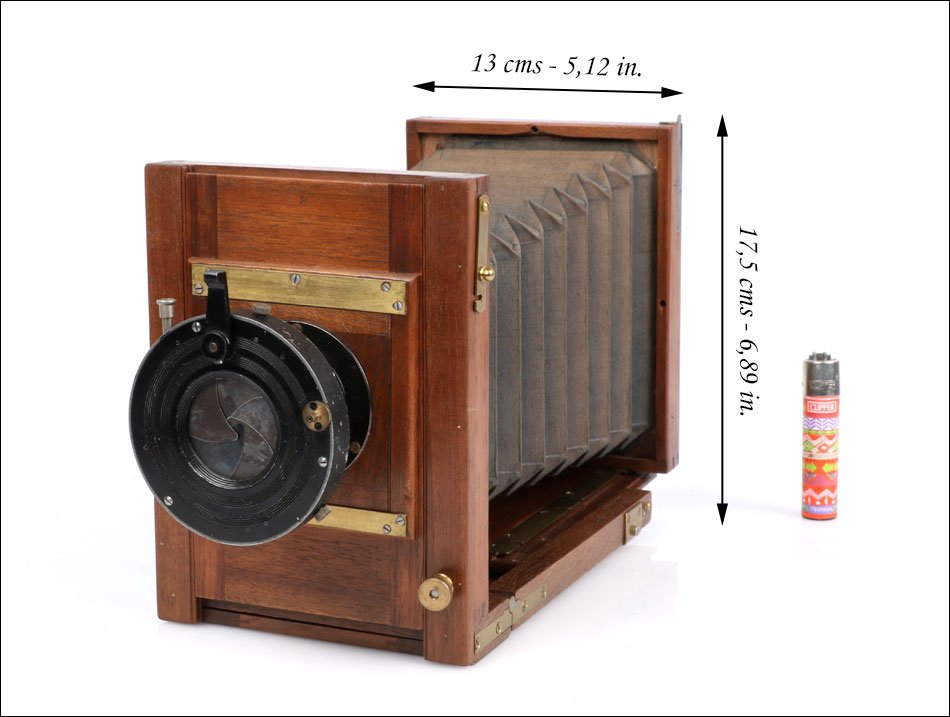




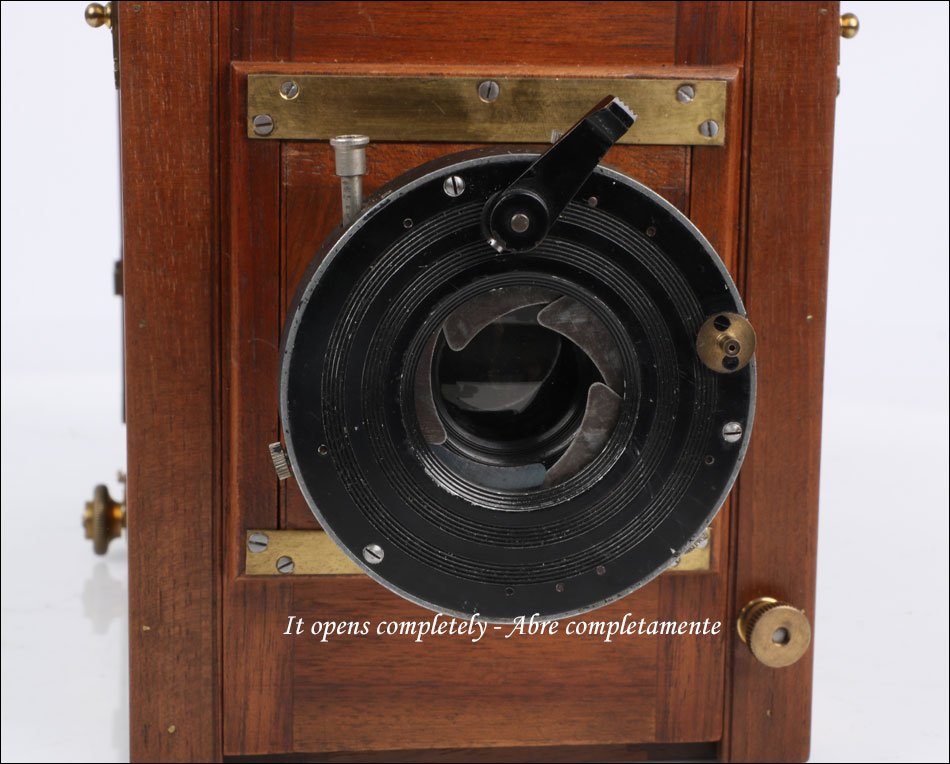




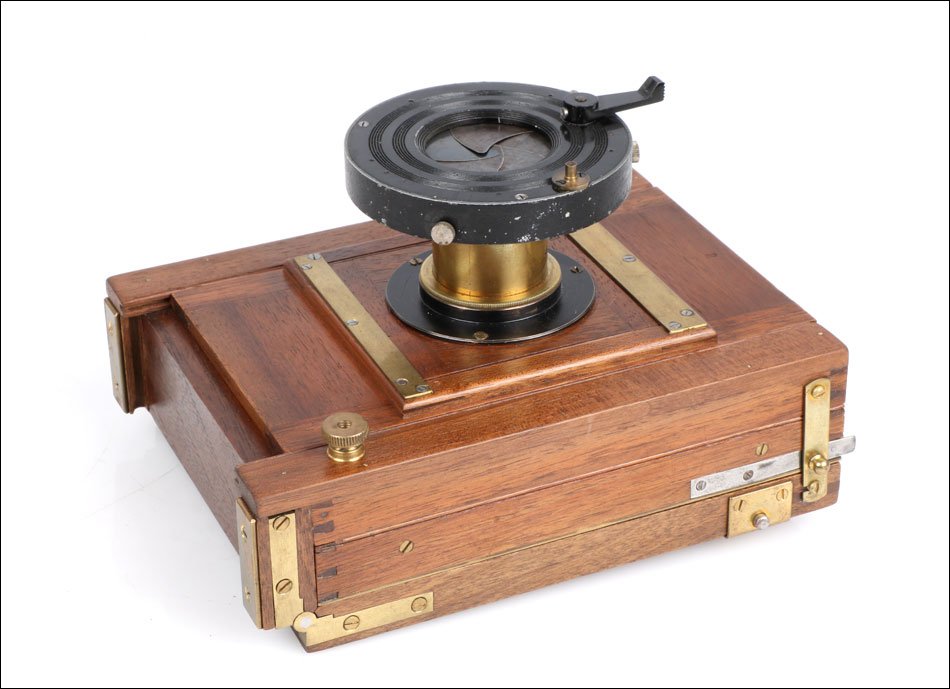





















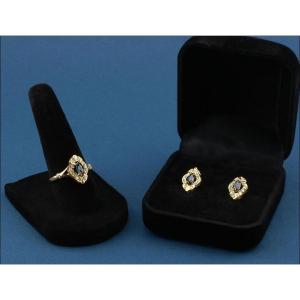


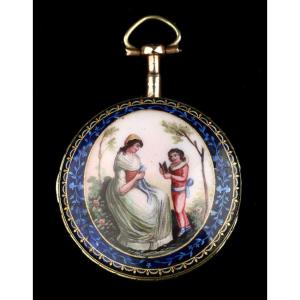











 Le Magazine de PROANTIC
Le Magazine de PROANTIC TRÉSORS Magazine
TRÉSORS Magazine Rivista Artiquariato
Rivista Artiquariato